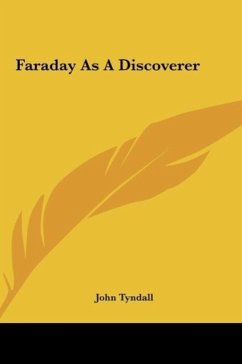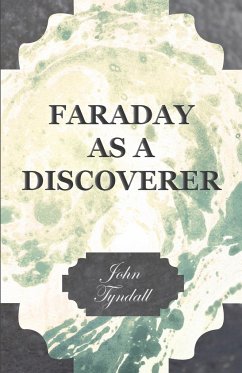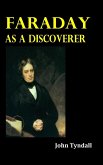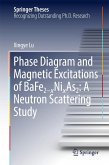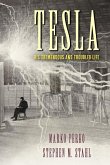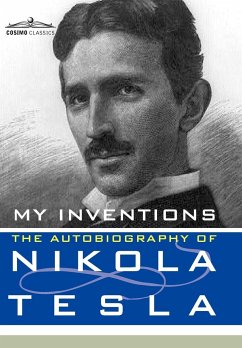Faraday subjected these secondary actions to an exhaustive examination. Instructed by his experiments, and rendered competent by them to distinguish between primary and secondary results, he proceeds to establish the doctrine of 'Definite Electro-chemical Decomposition.
Hinweis: Dieser Artikel kann nur an eine deutsche Lieferadresse ausgeliefert werden.
Hinweis: Dieser Artikel kann nur an eine deutsche Lieferadresse ausgeliefert werden.

